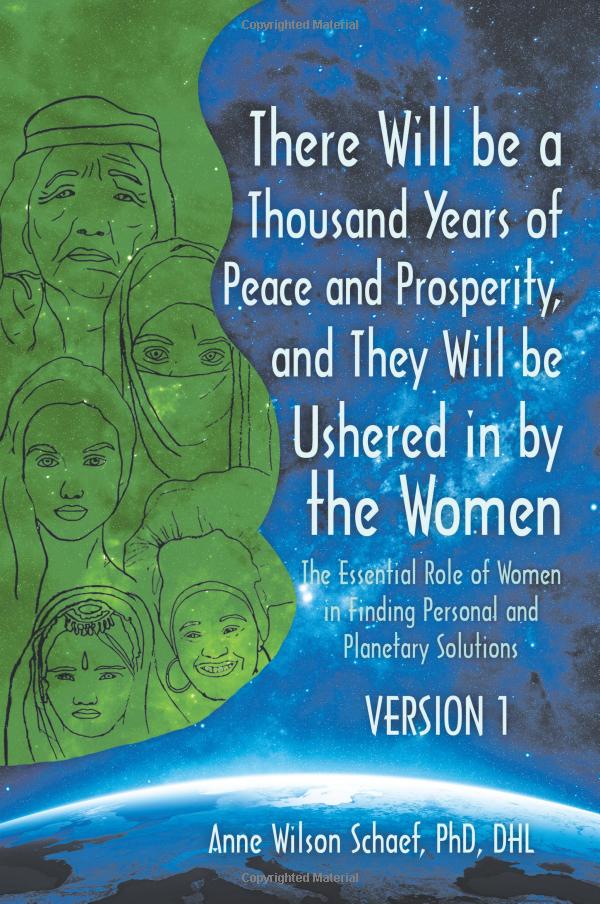

Scholars and academics, regardless of their wealth or social status, performed commentaries on the political and social spectrum of the world on the first day of each month of the lunar calendar. Nearly 2,000 years ago, during the Han dynasty, the process took the form of “talk shows” and was the pinnacle of cultural exchange at the time.

Since the days of feudalism, the selection of talent irrespective of social class has been a defining feature of China with many inspired to become experts in fields such as military strategy, philosophy, and literature. He who excels in study can follow an official career,” the quote by renowned scholar Confucius, collected from 479 BC, sums up the situation of many during his time – no matter if you are in trade, agriculture, or service business, the only way to access power was through being a government “official”. The gaokao is actually a fairly recent concept – introduced only in 1952 – but testing has long been a feature of Chinese society. Still, the recent rise in unemployment – especially among young people – and China’s slowing economy have raised the stakes even higher for the young Chinese of the 21st century. They will have spent 12 years preparing for the exam that will decide their careers and futures. Depending on the subject, participants spend between one and two and a half hours completing essays, multiple choice, and fill-in-the-blank type questions. The exam consists of three mandatory subjects: Mandarin, English, and maths, with optional subjects including physics, history, and politics.

The gaokao – a combination of the word “college” and “exam”– is regarded as one of the most important events in the life of any Chinese student. Some 13 million high school graduates across China are nervously awaiting a test result that will determine the rest of their lives.


 0 kommentar(er)
0 kommentar(er)
